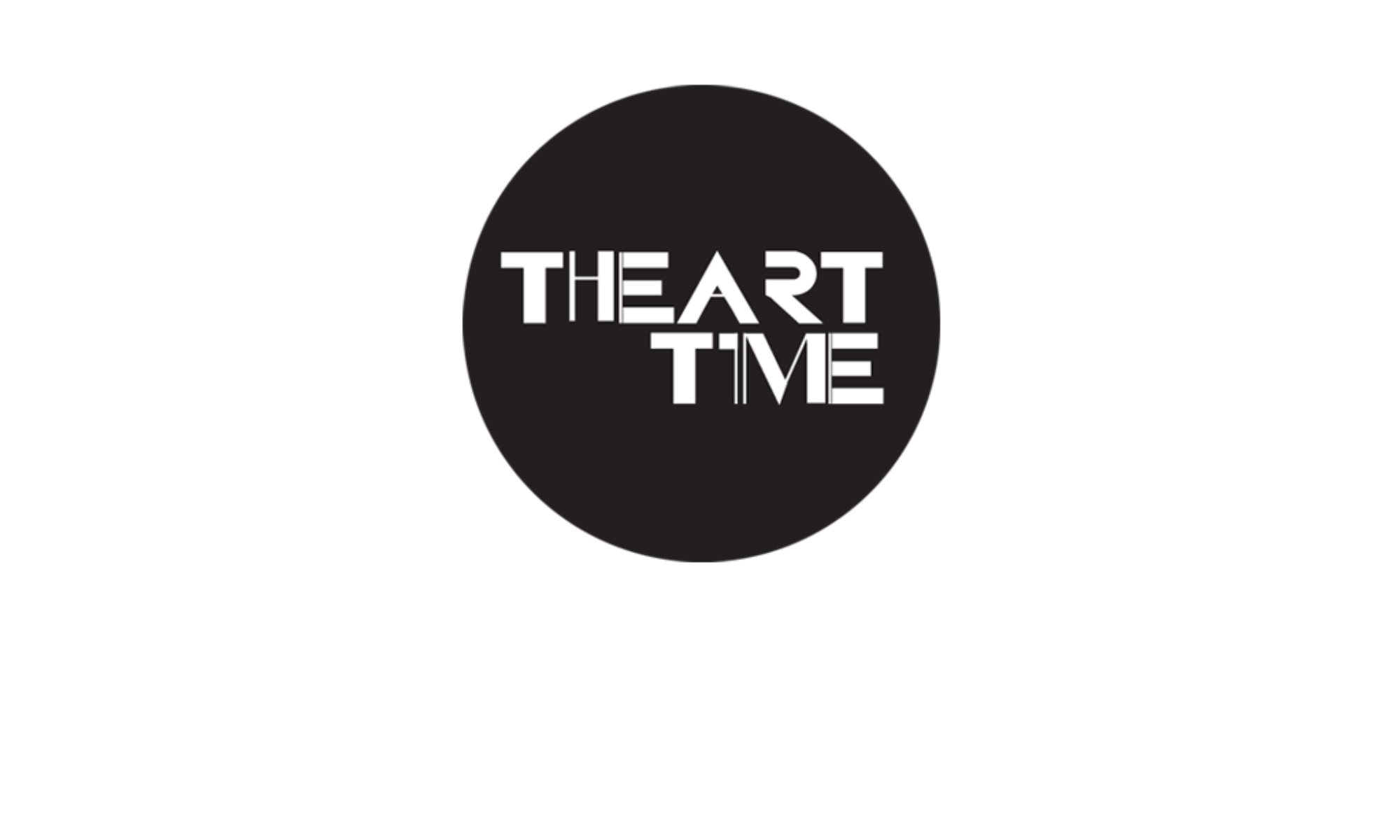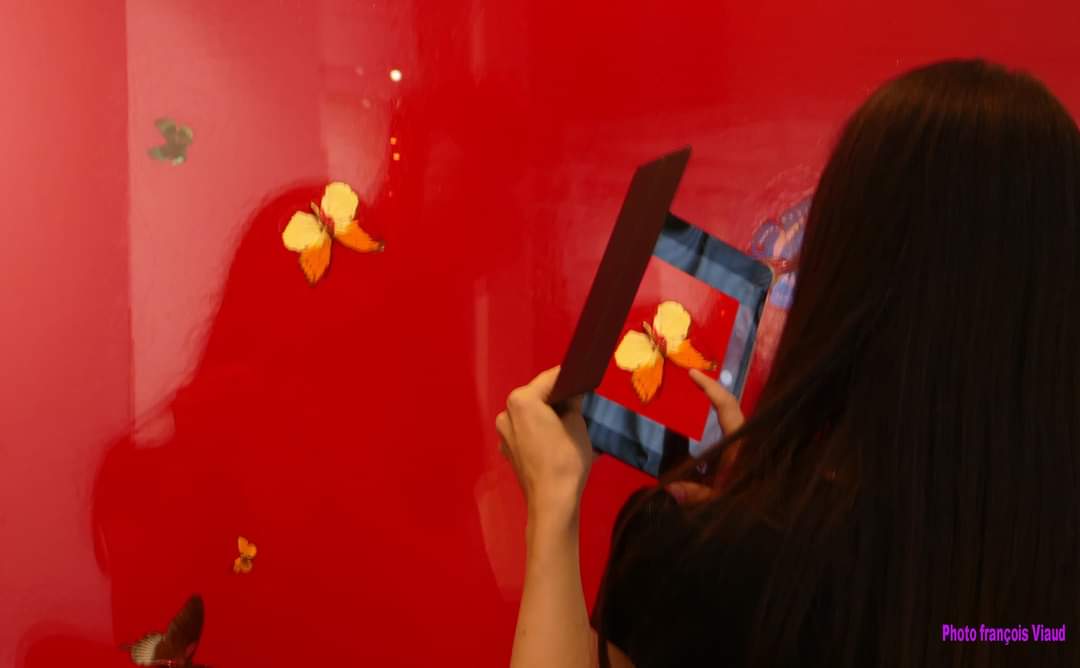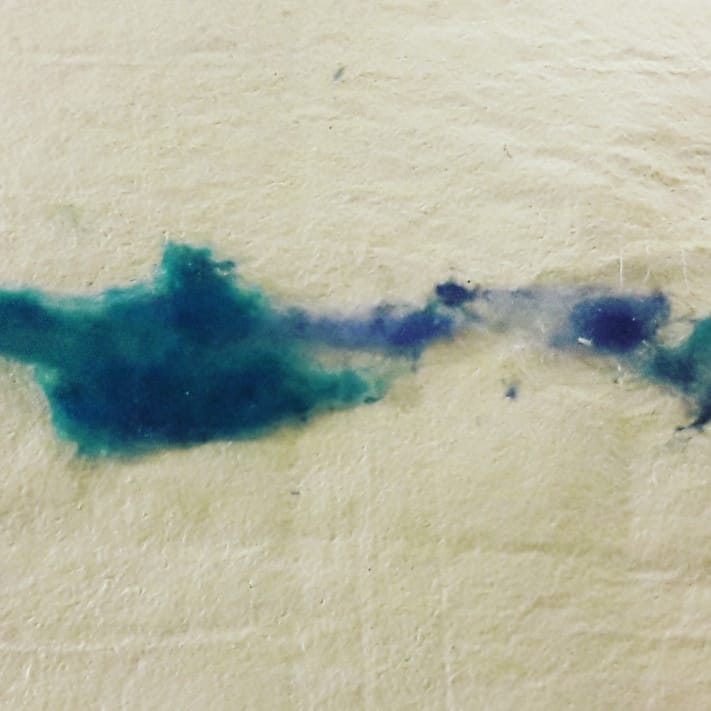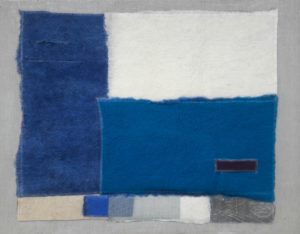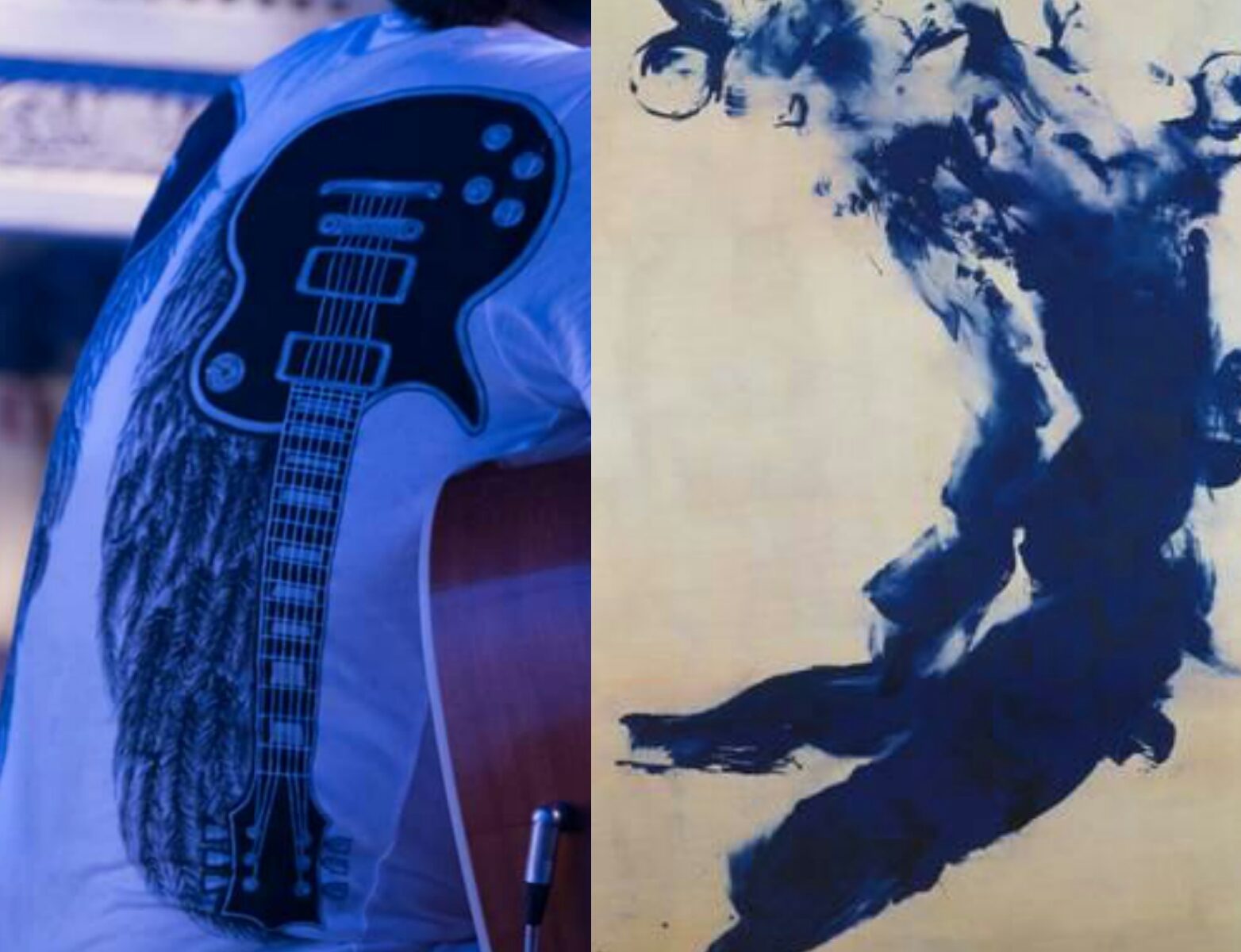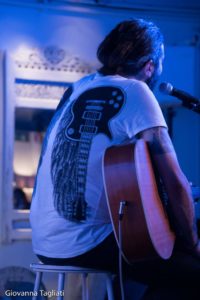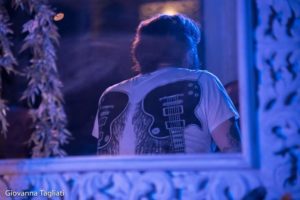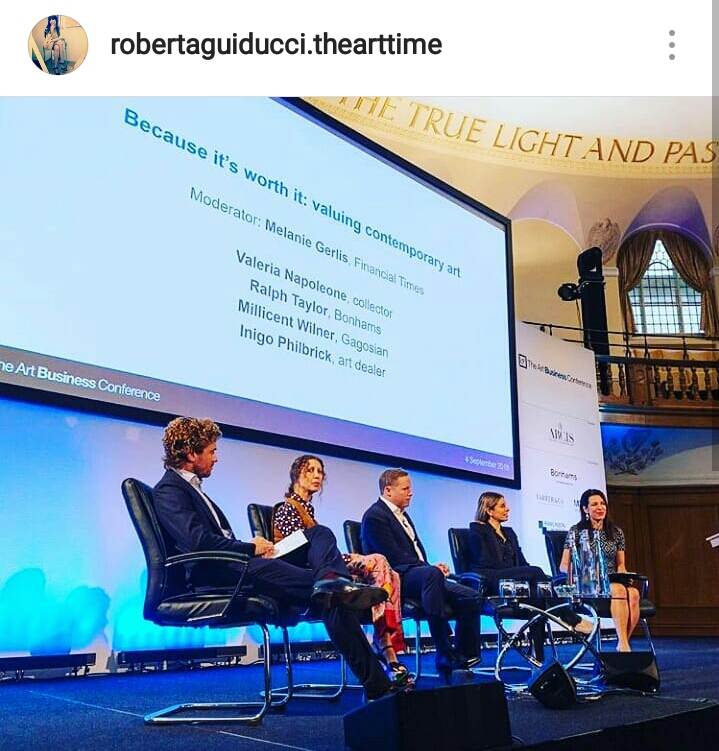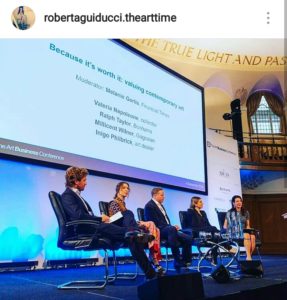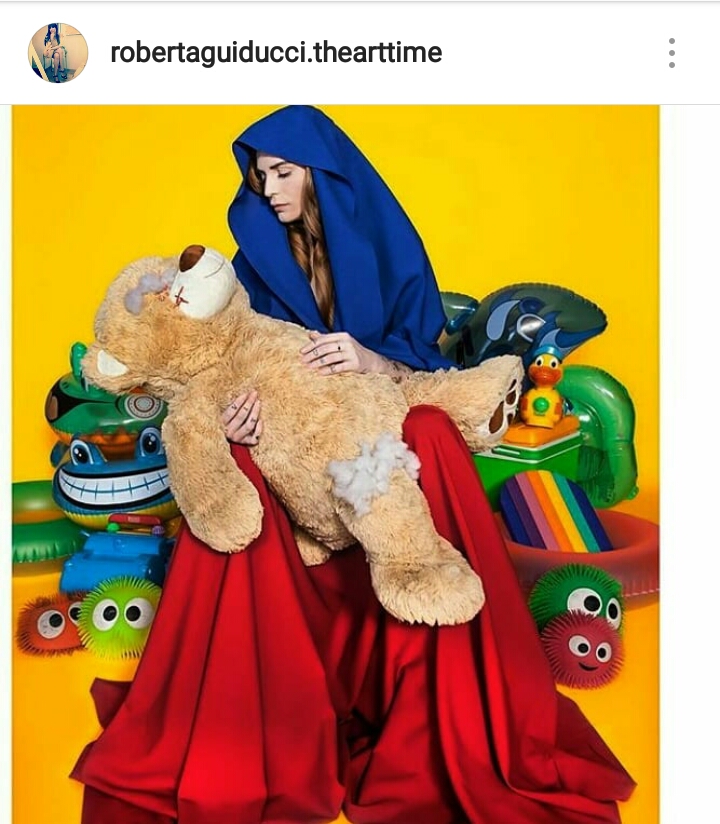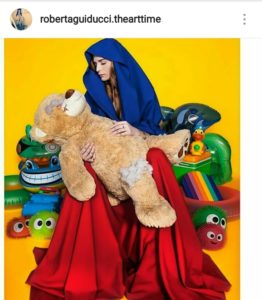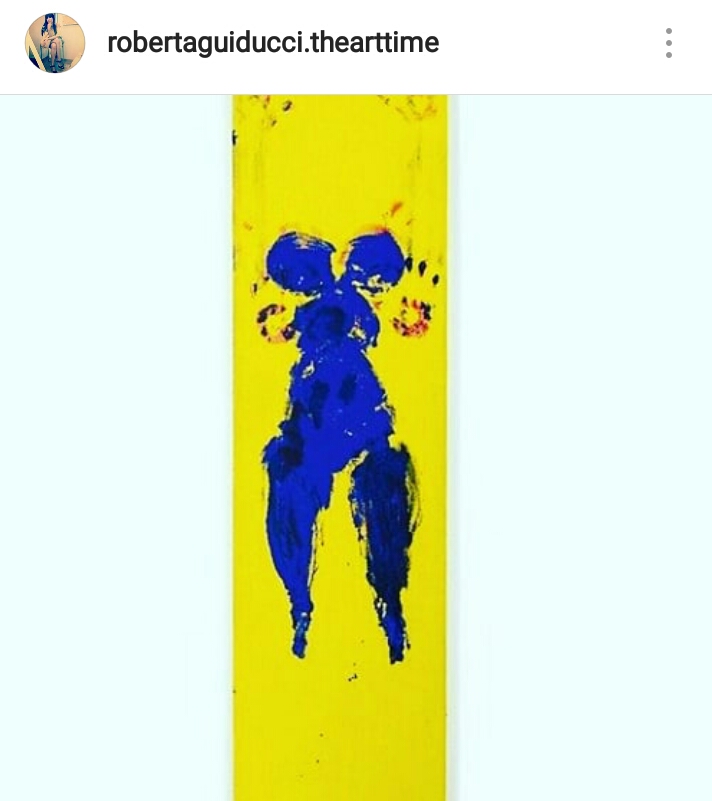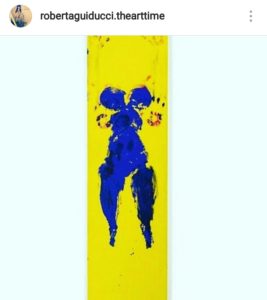A famous artist today is a star , he’s a brand , so different from the bohemian icons of the XXth century.ART ADVISOR ITALIA
Artists such as Damien Hirst, Tracey Emin, Jeff Koons, Marina Abramovic, Vanessa Beecroft, Anish Kapoor, Maurizio Cattelan are rewarded with a popularity worthy of the movie stars, encroaching on the environment of fashion and rock.
As an example, first of all, the collaboration of Jeff Koons with Louis Vuitton. Fashion has an aesthetic search that goes beyond the value of an object. Above all, via Koons, it is a symbolic value.
Art should go beyond this: it goes beyond the ephemeral because it expresses values, expresses ideas. One wonders if in these contaminations is more the fashion brand to impose itself on the value of art or vice versa.
This contamination between the brand and the star system is the result of a movement that has to be cited to understand how we got to this point: Pop Art.
According to Arthur Danto, after the exhibition of the ‘brillo box’ in a museum, it seems that Art was dead.
‘The end of art’ is meant as the end of art history. First, this does not mean that art can not continue on its path, but it has now finally reached that degree of freedom which favors plurilateral developments. Today art develops in all directions.
The Pop Art, therefore, has completed that historical task of investigating the essence of art, on which the avant-gardes had clashed.
Brillo Box has made acceptable that anything can play the role of a work of art, has made artists free to run each in the direction they want and the paths of art today branch off in all directions.
With Pop Art, the development of the history of art (in which avant-garde movements alternated, in search of the essence of art) stopped, because we have arrived at what Danto considers the essence of art and that is his “aboutness”.ART ADVISOR ITALIA
This process, culminating with Pop Art and Brillo Box, involves, according to Danto, the liberation of art from philosophy and history.
Death of art, however, has been talking about for a century, but in reality art never dies: it changes. It change skin; since that box has entered a museum, art has been shaken.
A comparison can be made between the idea supported by Danto and the ideas on history of Fukujama; according to him, with democracy and the free market history is over; in fact, the democratic and liberal countries do not conflict with each other, and they coexist peacefully.
Almost the same in the arts, as there are no more avant-gardes, but multiple contemporary directions in the market, more and more relevant, more and more aberrant, unequal, dystonic.
A market in which precisely the brand prevails, and the iconic artist of today is himself BRAND.ART ADVISOR ITALY
Let’s take an iconic example .
Damien Hirst was worth 100 million pounds at 40: Warhol and Picasso pulverized in a blink of an eye. His sentence is “turning into a brand name is important: it’s the world we live in”.
He worked on a classic binomial: life and death, eros and thanatos, but from there, he moved in a spectacular way.
First,he creates ‘A thousand years’ with decomposing animals. Second, he creates the shark, that gave the title to the text ‘One million dollar shark’, by Donald Thompson. Then, he plays with pills we treat and poison.
He then goes on, most importantly, with the ethereal butterflies symbol of short life.
All these works express the power of Hirst’s thought, his idea of death and dissolution, taken by F. Bacon, but also the desperate search for a sense linked to the cycle of things and their ineluctability.
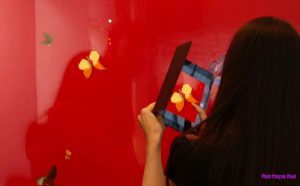
Emblem of an era is the skull covered in diamonds, ‘For the Love of God’, a gothic-rock-pop human skull that seems to play, in a glamorous and mocking way, a medieval macabre dance.
The biggest stone in the skull is the emblem of a conspicuous waste, almost to wring the eye at the idea of waste as an ephemeral passing and, at the same time, almost to make an apotropaic rite against death.
Making it beautiful, precious, even desirable, death become an icon, too.
Hirst explains that in England, “For the love of God” has two meanings.
First, the literal meaning : you act to please God. Second, it is an exclamation, like “For the love of God!” when you do something wrong. Your mother would tell you if you break a plate: “For the love of God, why did you do it?”.
It is iconic and ironic, it has both meanings.
The skull is, exactly, iconic and ironic: it’s almost rock, but, most importantly, it costs like nothing else in the world. it is as iconic as Masaccio’s skull in his Trinity, but mocking like a fake expensive stone.
It’s a Totem with a mocking laugh.
Hirst then created an exhibition in Venice in which he invented a phantom vessel .
Via a mesmerising storytelling, he says that everything you want to be true, becomes true, including a rediscovered treasure, which is an invention in order to create busts inspired by Barbies and tributes to Mickey and Andy Warhol (not by chance).
‘The treasure from the wreck of the unbelievable’ is an exhibition where the game between reality and fiction is an heir of Marcel Duchamp and more than ever a post modern and frankly irresistible creature.
Is it just a big commercial trick with the initial support of Saatchi? NO.
According to philosopher Josè Jimenez, this provocation is not inferior to the reach of Duchamp’s ‘Fountain’ in the second decade of the twentieth century or Man Ray’s iron with nails. They are short mental circuits that redraw the role of contemporary artist today.
Hirst said he loved having a factory (like Warhol with the factory) that produced his work, but not a factory for ideas.
The idea is everything. The idea must be preserved. This is why the shark has another title, which obliges us to rethink its meaning: ‘The physical impossibility of death in the head of a living being’.
Here is the brand: there is Damien Hirst who produces Damien Hirst. Like Prada or Gucci: just, to enjoy it, you pay more. You buy the name, the idea. But we buy an immortal idea, out of time, out of space, out of trend.
Hirst plays the game of meditation on death that goes from Duchamp to Warhol, in a contemporary key.The skull is the point of arrival of its aesthetics of death in a contemporary way.
“I’ve always liked the skulls, since my girlfriend told me ‘ You can not make skulls, they’re too glamorous ‘ and I decided to make skulls.
Probably, that’s why I made the one covered in diamonds. I love skulls, I have a house in Mexico, they love skulls, and I like to keep doing them even when they are out of fashion and then fashionable and then out of fashion “. As a result, Art has ‘brands’ …
Koons is festive, he moves in a more playful universe, Emin in a pop-psychoanalytic universe with phrases from a sort of private diary , but the idea of brand is the same.
Let’s hang from the smiles of Murakami: Brand and icons everywhere, with a jump into performances in order to undermine the physical order of a life invaded by labels.
To understand whether art today is a matter of entrepreneurship, a vocation, an aesthetic philosophy or entertainment, there is the magnificent text by Sarah Thornton. The title is ’33 artists in three acts‘. About this book, Orozco said ‘we were all in underwear when he interviewed us; some of us managed to keep their socks’.
Here, the system is laid bare to discover the artists’ talents and defects, in an intimate circle as fascinating as a novel, that leads back to Danto: art is out of history and totally free, among a thousand contradictions.
https://www.thearttime.com/it/art-contemporary-reviews-and-interviews/
